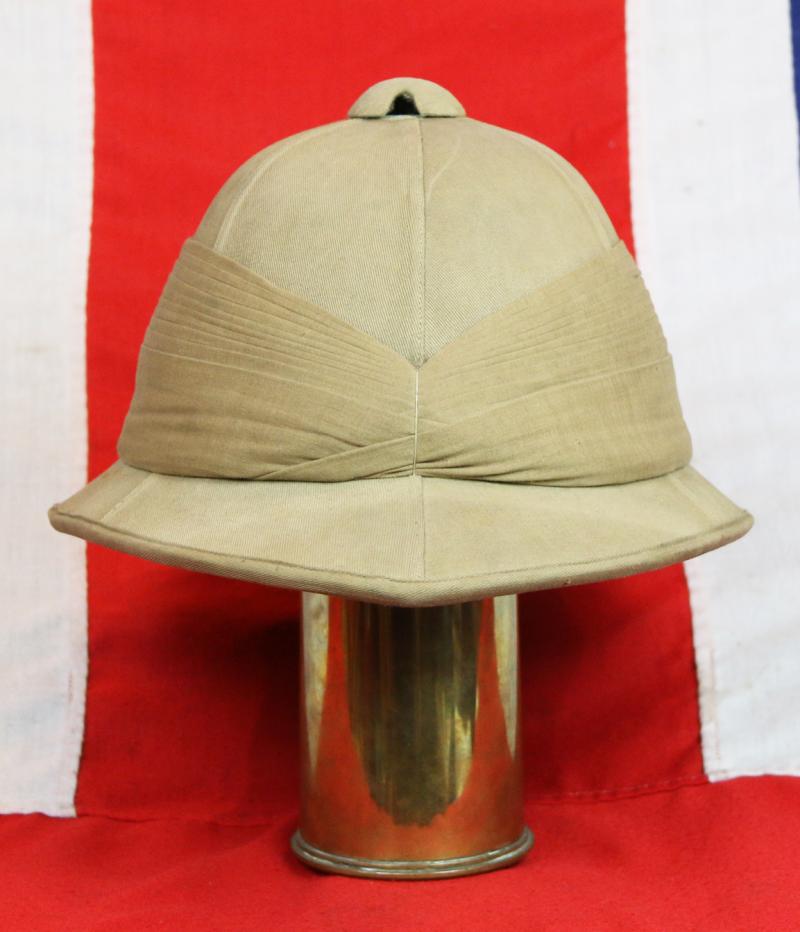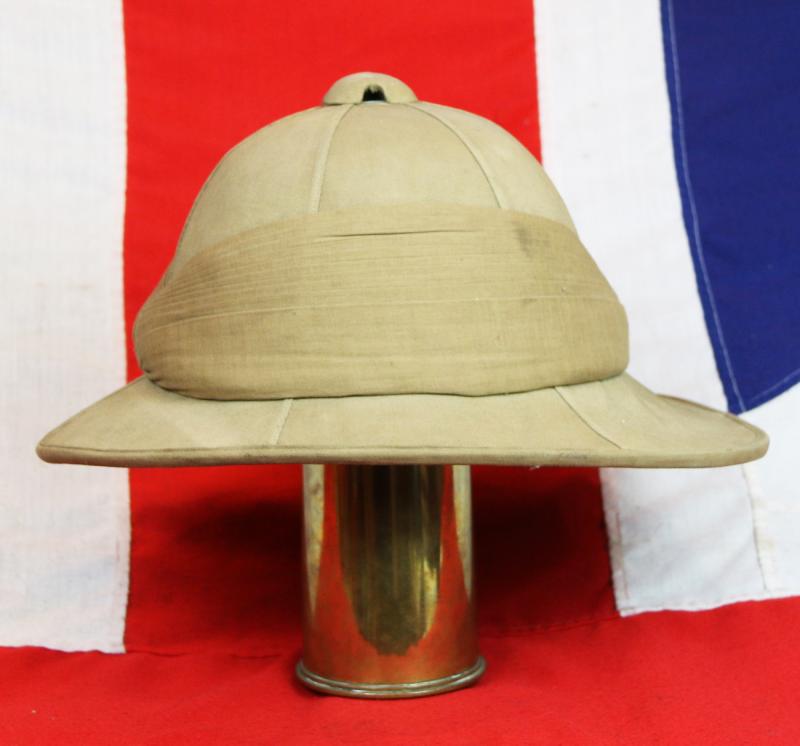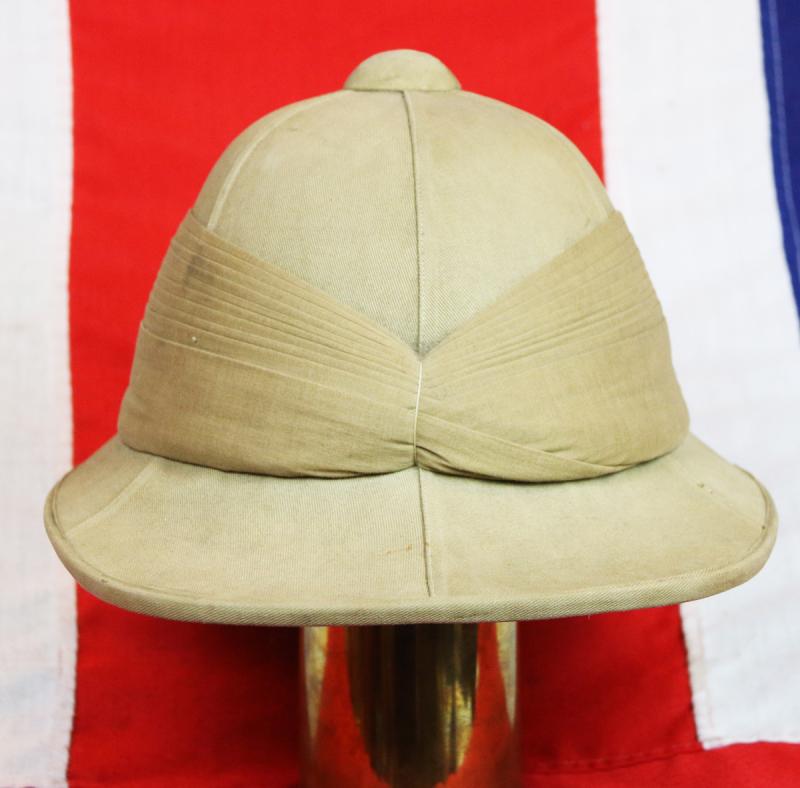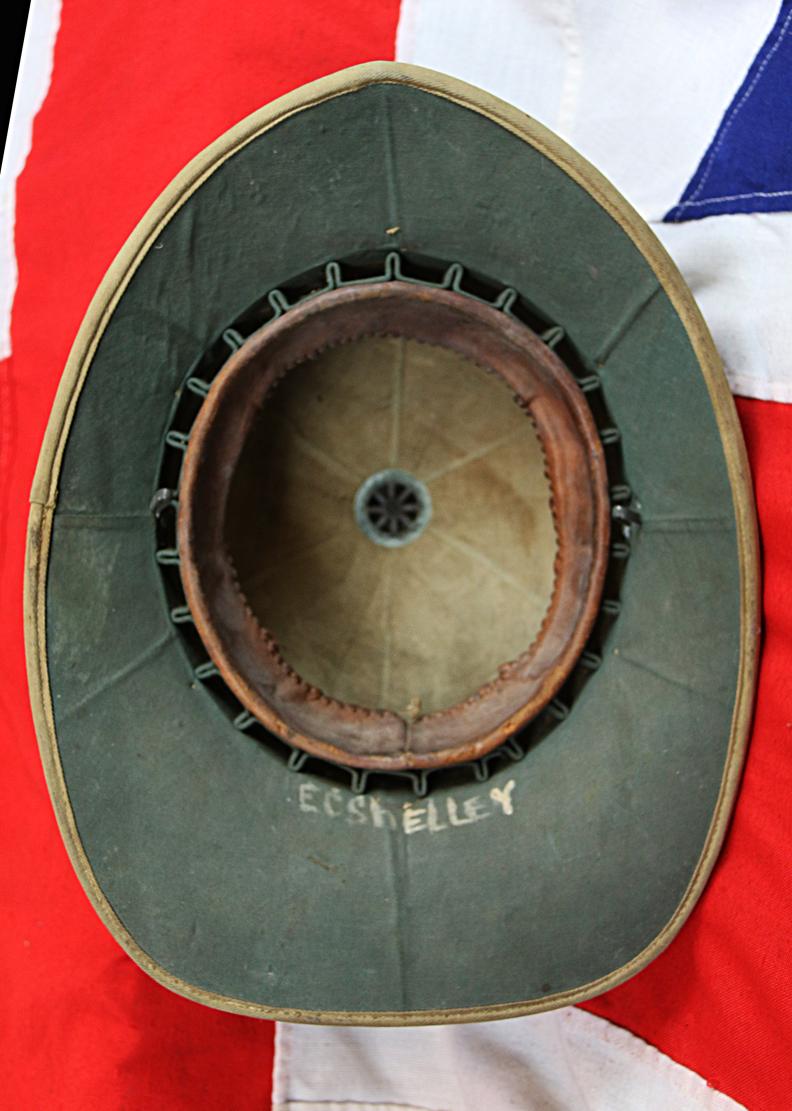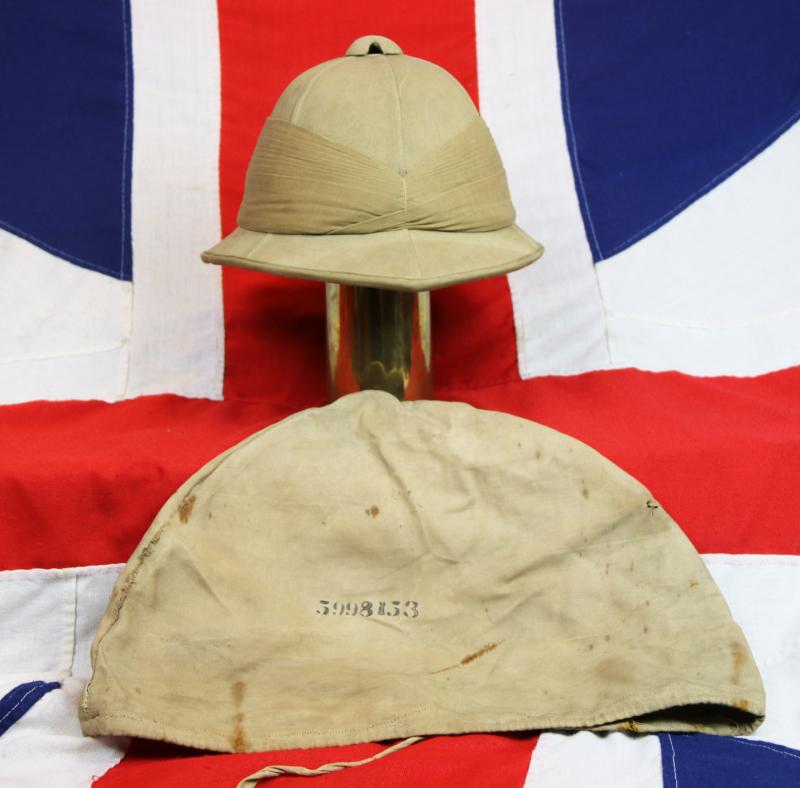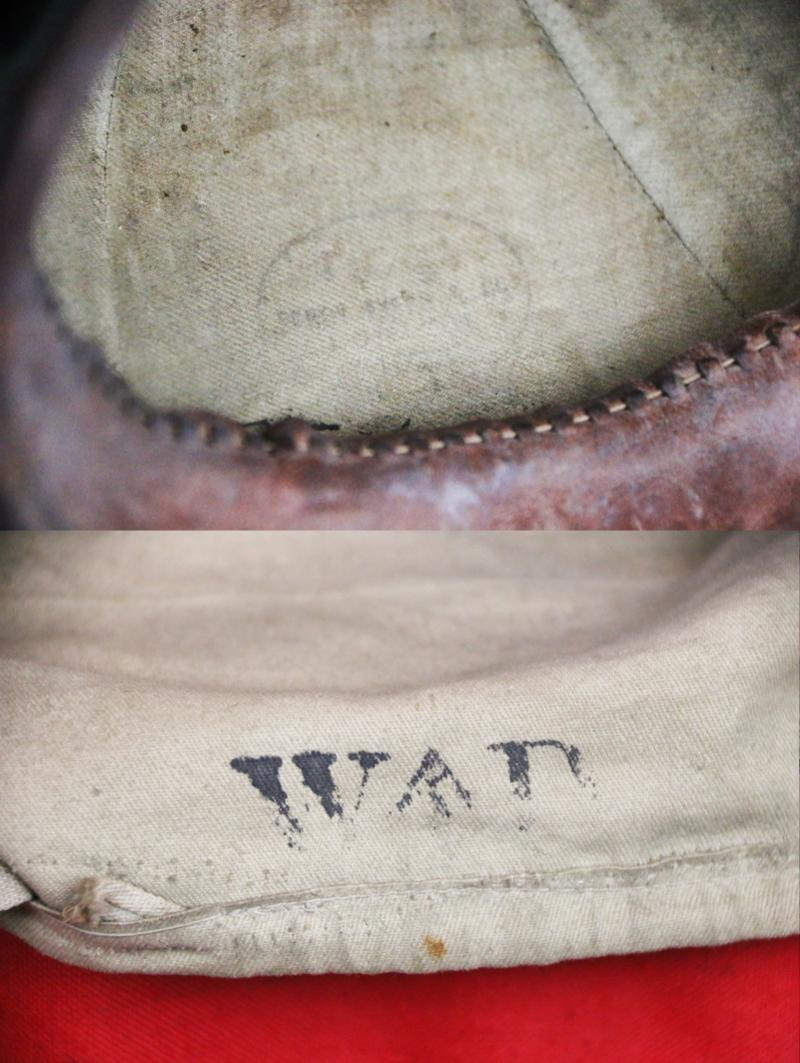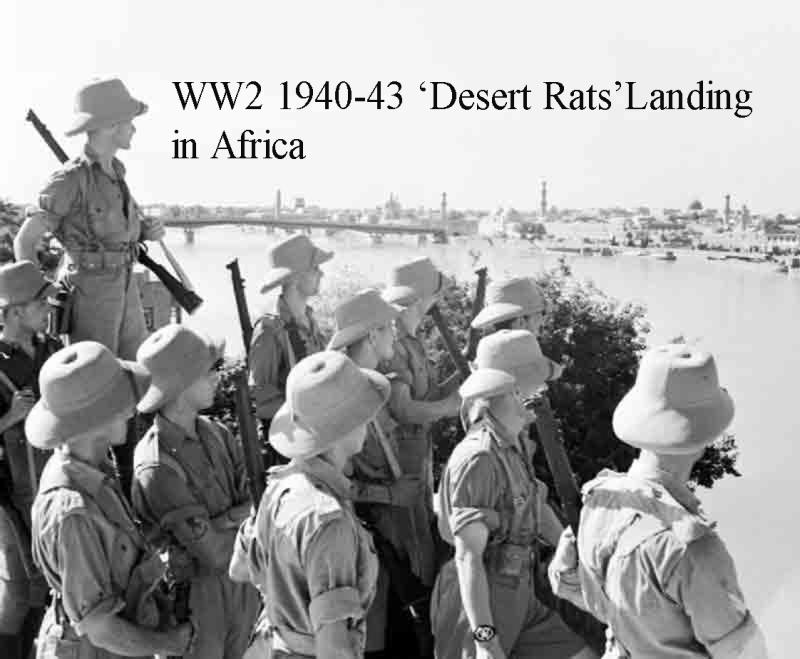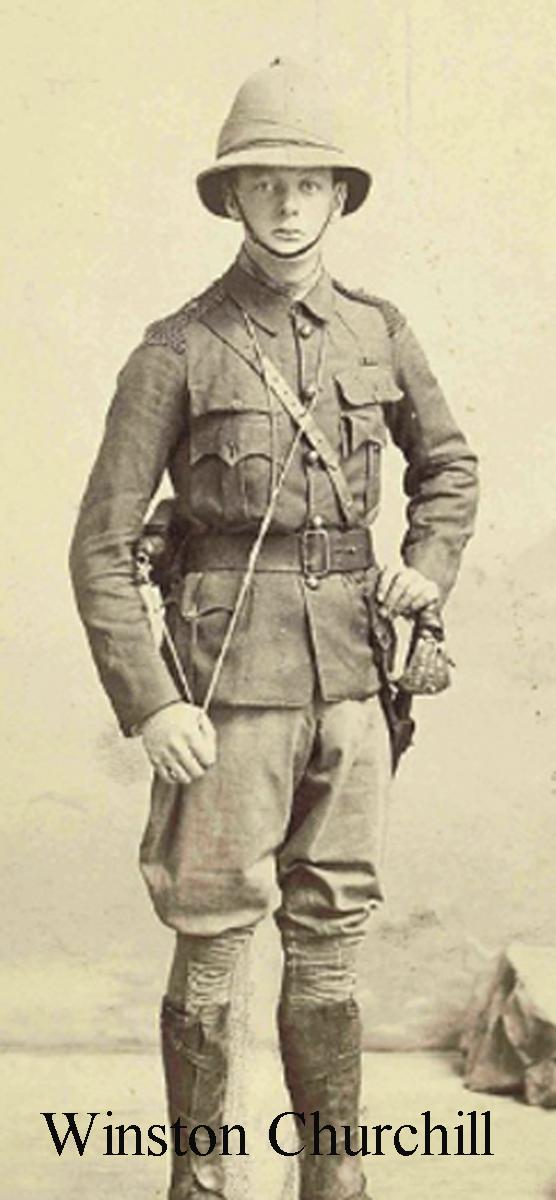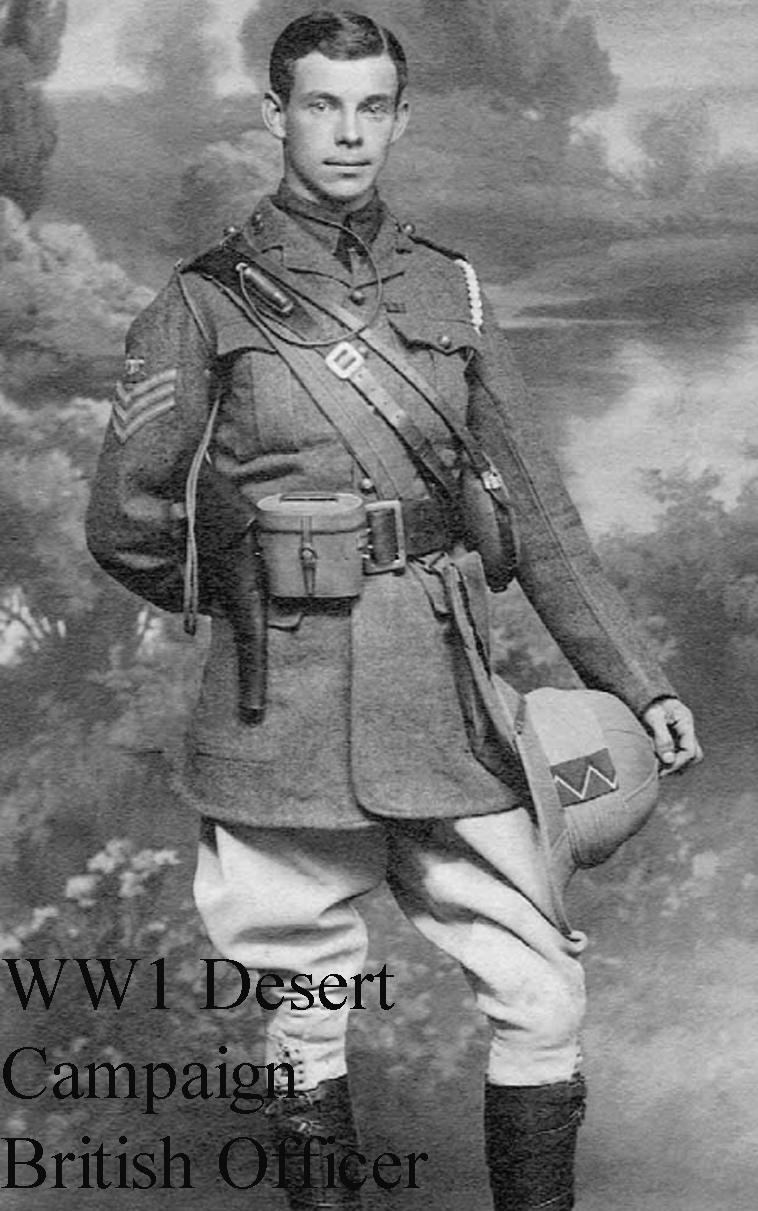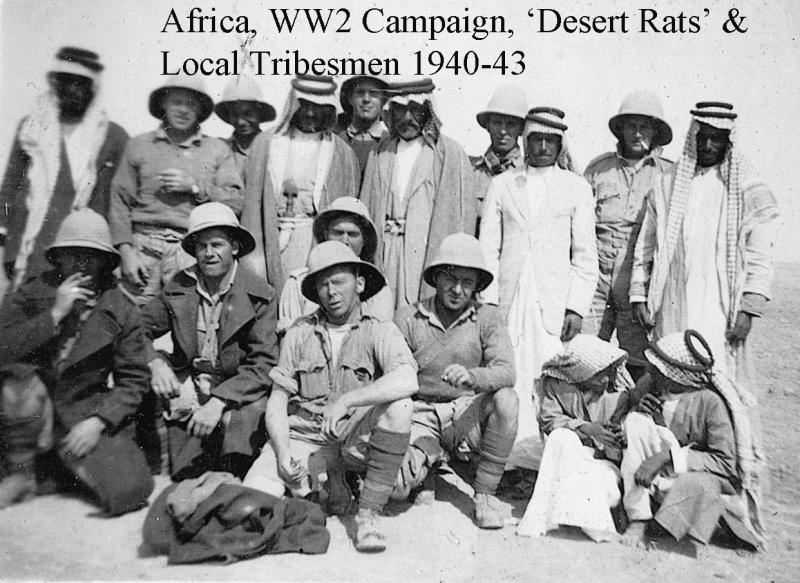A Superb Late 19th To WW2 British Tropical Helmet, Wolseley Pattern Used From The Boer War to WW1 and WW2 By Tress and Co. With Interior Makers Stamp. With War Dept. Stamped Storage and Transit Cover
The Wolseley pattern helmet is a distinctive British design developed and popularised in the late 19th and early 20th century. It was the official designation for the universal sun helmet worn by the British Army from 1899 to 1948 and described in the 1900 Dress Regulations as "the Wolseley pattern cork helmet". It is named after Field Marshal The 1st Viscount Wolseley. With its swept-back brim, it provided greater protection from the sun than the old Colonial pattern helmet. Its use was soon widespread among British personnel serving overseas and some Canadian units.
The British Empire won the Second Boer War, which took place from 1899 to 1902. The war was fought against the two Boer republics, the South African Republic (Transvaal) and the Orange Free State. Despite initial setbacks and a prolonged guerrilla phase, the British ultimately prevailed and annexed both republics. The war concluded with the Treaty of Vereeniging, which formally integrated the Boer republics into the British Empire
The desert campaigns in World War I primarily involved fighting in the Sinai and Palestine, as well as the Western Desert of Egypt, between the British Empire and the Ottoman Empire. These campaigns were characterized by harsh desert conditions, with troops facing extreme heat, water shortages, and challenging terrain. The campaigns included actions like the Suez offensive, the Senussi revolt, and operations in Sinai and Palestine.
The North African campaign of World War II took place in North Africa from 10 June 1940 to 13 May 1943, fought between the Allies and the Axis Powers. It included campaigns in the Libyan and Egyptian deserts (Western Desert campaign, Desert War), in Morocco and Algeria (Operation Torch), and in Tunisia (Tunisia campaign). The Allied war effort was dominated by the British Commonwealth and exiles from German-occupied Europe. The United States entered the war in December 1941 and began direct military assistance in North Africa on 11 May 1942.
Fighting in North Africa started with the Italian declaration of war on 10 June 1940. On 14 June, the British 11th Hussars and part of the 1st Royal Tank Regiment, (1st RTR) crossed the border from Egypt into Libya and captured Fort Capuzzo. This was followed by an Italian counter-offensive into Egypt and the capture of Sidi Barrani in September. The British recaptured Sidi Barrani in December during Operation Compass. The Italian 10th Army was destroyed and the German Afrika Korps was dispatched to North Africa in February 1941 in Operation Sonnenblume to reinforce the Italians and prevent an Axis defeat.
Battles for control of Libya and Egypt followed, with advances and retreats until the Second Battle of El Alamein in October 1942 when the Eighth Army (Lieutenant-General Bernard Montgomery) defeated the German–Italian Panzerarmee Afrika and forced its remnants into Tunisia. After Operation Torch, the Anglo-American landings in North-West Africa in November 1942 and fighting against Vichy France forces (which then changed sides), the Allies trapped about 250,000 German and Italian personnel in northern Tunisia, forcing their surrender in May 1943.
Information gleaned via British Ultra code-breaking was important in the Allied victory in North Africa. The Italian campaign followed, culminating in the downfall of the Fascist government in Italy and the elimination of Germany's main European ally. German and Italian forces committed atrocities against prisoners of war and Maghrebi Jews, Berbers and Arabs.
Code: 25847
350.00 GBP

